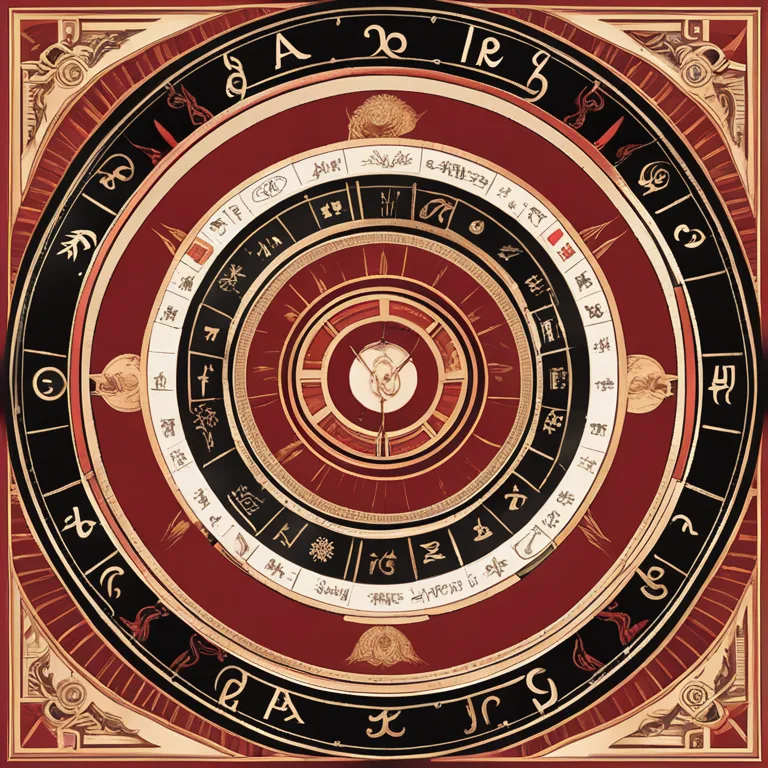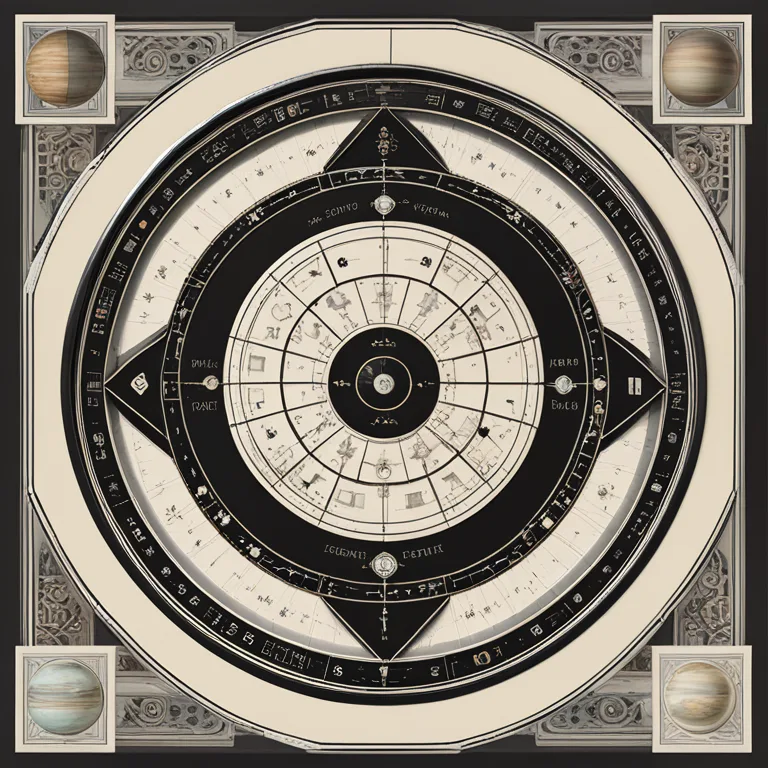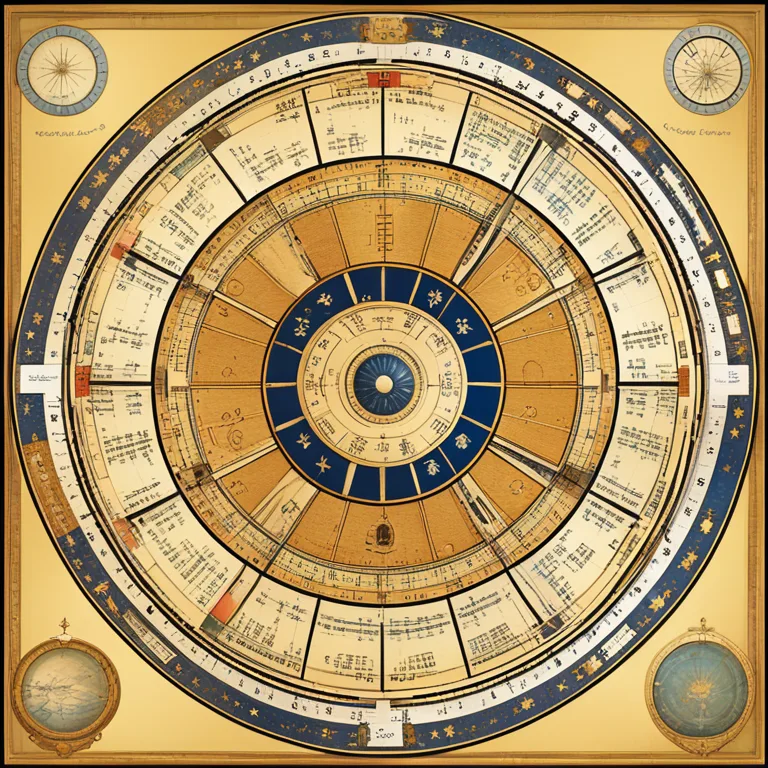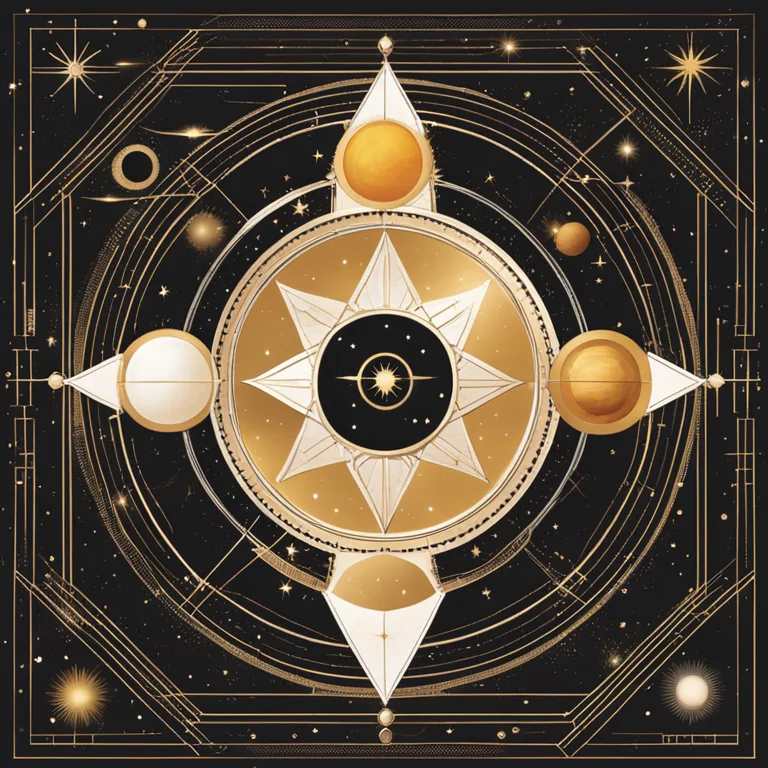
Your Guide to Birth Chart Basics
Delve into the fundamentals of birth charts to uncover the cosmic blueprint of your personality and potential.
article by Priya Deshmukh
A birth chart, also known as a natal chart, is a celestial snapshot of the sky at the precise moment of your birth. It is a cosmic map that offers insights into your character, personality, and life path. Astrology posits that the positions of the planets and stars at the time of birth influence traits and events throughout your life. The birth chart is a vital tool for anyone wishing to delve deeper into astrological study, serving not just as a guide to self-discovery but also as a lens through which we may view our interactions with the world.

A fundamental component of birth charts is the twelve astrological signs that represent different energy patterns and personality traits. Each sign corresponds to a specific 30-degree segment of the zodiac and is ruled by a planet that greatly influences its characteristics. For example, Aries, the first sign of the zodiac, is known for its leadership qualities and is ruled by Mars, which endows it with dynamism and assertiveness. Learning about each sign's attributes provides a foundation for deciphering how the planets' placements can shape individual dispositions and destinies.

In astrology, the planets represent different parts of your psyche - the Sun signifies your core identity, while the Moon governs emotions. When drafting a birth chart, astrologers place the planets in the 'houses' of the chart. These houses are divisions of the sky at the birth time and location, each connected to various aspects of life, like relationships, career, and family. The interaction between the planets and the houses they occupy in your chart provides a nuanced view of your personal narrative and growth potential.

Aspects are the angular relationships between planets in a birth chart, offering insight into the facets of your personality and how your traits may harmonize or conflict with each other. Conjunctions, oppositions, and trines are just a few of the significant aspects that can illuminate areas of innate strength or challenge. Recognizing these patterns is essential for personal development and understanding what drives your interactions with others.

Your Ascendant, or rising sign, reveals the style in which you approach the world and how you're perceived by others. It is determined by the zodiac sign that was emerging on the eastern horizon at your birth time and plays a significant role in shaping your outward personality and physical attributes. The Ascendant is a vital piece of the puzzle when deciphering a birth chart as it sets the stage for the houses and their planetary tenants.
Astrology is not just about the moment of your birth. As the planets continue to move through the zodiac after you're born, they form new aspects with the placements in your natal chart. This dynamic, known as transits, can signal changing times and personal developments. Similarly, progressions offer a symbolic reflection of your personal growth and evolution, revealing themes that might surface throughout your life. Keeping abreast of these movements is crucial for anyone looking to use astrology as a tool for personal guidance.
Birth charts are also instrumental in relationships through the art of synastry, which compares two charts to explore the dynamics between individuals. Analyzing how your planets interact with someone else's can uncover the ebbs and flows of partnership potential, be they romantic, professional, or platonic. It is a profound and sensitive facet of astrology that can foster deeper understanding and empathy between people.
Published: 12/22/2023
Modified: 12/22/2023
More predictions
Come back here soon to learn more about yourself and your future


Exploring Astrological Houses
Discover the basics of astrological houses and learn the methods for interpreting their significance in personal astrology.


Astrology Houses: The Roadmap of Destiny
Delve into the fundamental elements of astrological houses and their meanings in personal astrology charts.


Astrological Houses & Their Role In Modern Life
Delve into the significance of the 12 astrological houses and their influence on personal astrology.